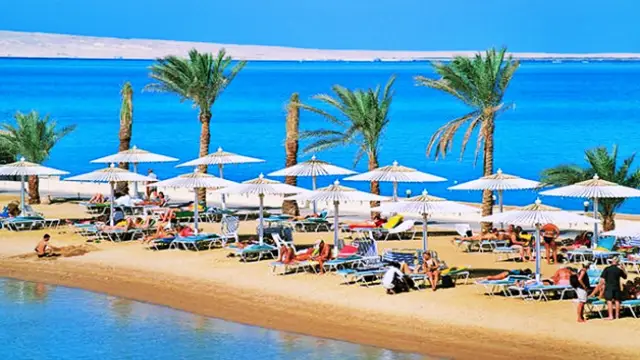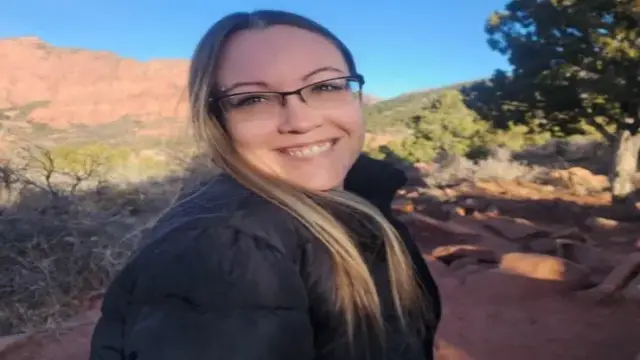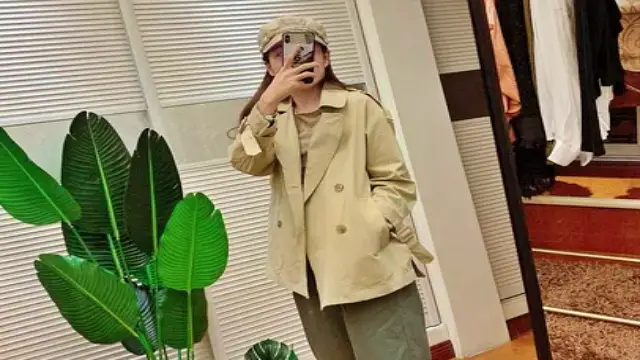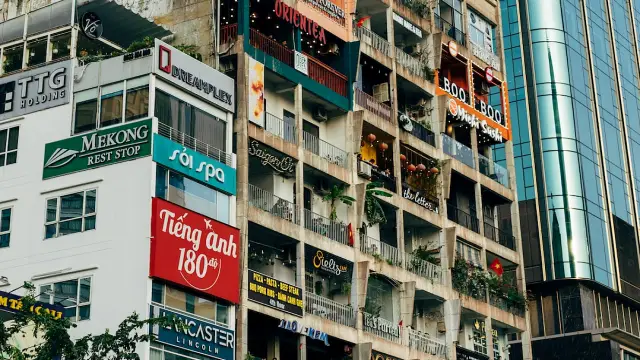We have undoubtedly made a huge mess on this planet, and it’s important to find new and inventive ways to stop and restore the damage that has been done. There are countless wonderful initiatives being undertaken by people all over the world to stop the catastrophic environmental effects we have on this planet. These effects range from animal extinction to water and air pollution. Therefore, it should come as no surprise that whenever someone has a fantastic eco-friendly concept, it is up to us to support and encourage it. Plastic Bottle Village further information
Robert Bezeau, a businessman from Canada, sought to develop a new method of recycling plastic bottles after becoming weary of seeing them lying about.
He thus relocated to Bocas del Toro, Panama, and began developing the Plastic Bottle Village there. This village’s major objective is to lessen the amount of plastic garbage that contaminates our landfills and revitalise this used plastic by using it in building. “I want people to understand that we can repurpose plastic bottles in many different uses, such as:,” Robert writes in a statement for the general public.
- Insulation of homes
- Rapidly constructed emergency shelters
- Farm buildings for animals
- Construction of pools
- Catch basins for water
- Septic systems
- Farming waterways (land drainage)
- Building commercial warehouses
- Barns
- Roads”
What might not have been so attractive while it was being built turned out to be a lovely home that many of us would want to live in.
The major objective of this programme is to increase awareness of the awful position our world is in and the significance of minimising plastic waste; nevertheless, building houses is not their only concern. Their website also examines the evolution of plastic trash globally and the historical moments that most significantly contributed to the plastic bottle pollution we are presently seeing. The first 2l PET plastic bottles were presented to the world in 1978 by Coca-Cola and Pepsi. That was the best innovation ever, we all agreed back then. The bottles may be dropped, opened repeatedly, great for a pick-nick box, etc. We failed to consider the fact that the bottlers were switching from a glass bottle that was returnable with consignment to a plastic bottle that was not returnable with consignment. The bottlers delegated their obligation to recycle to the rest of us world citizens. They were no longer required to collect the empty containers and bring them back to the plant. Wow, such a cost reduction and increase in earnings with only one technique.
Additionally, their website features some before and after pictures of the house.
In actuality, anybody may purchase a plot of land and construct a home on the island. The website states that the land is about $19,000, and the architects are prepared to construct the house of your dreams there.
In the settlement, it takes around 14,000 plastic bottles to construct one 100 square metre house.
“We shall re-build the materials we have eaten and discarded into contemporary, fashionable, and well-built residences, and we will live within them. There is no need for air conditioning because the dwellings are also earthquake-resistant and have a very cold climate. This will help The Village, a community that supports solar energy, conserve energy. The community also claims that the homes save energy since there is no need for air conditioning because the interior walls of a plastic bottle house are around 35 degrees colder than the exterior. Living on an island has the drawback that all of the consumer products that arrive by ferry are packed in plastic. The products are used up, but the plastic packing is stuck on the island. NEVER WILL YOU SEE A PLASTIC-LOADED FERRY RETURN. “Over 100,000 tourists come to this island every year, and they remain for an average of 5 days. Your current visitor days total 500,000. On a tiny island, there are 1 MILLION plastic bottles left over each year if each tourist only consumes two drinks each day.
The Plastic Castle is another option for lodging in the plastic village.
The major goal of the castle is to raise awareness of how much plastic is used in our daily lives and to persuade people to use it sparingly or at the very least to reuse it carefully.
The castle, which has four stories and was constructed from 40,000 PET bottles, took two years to complete.
The castle, which has four stories and was constructed from 40,000 PET bottles, took two years to complete.
The castle has one royal bedroom, two guest rooms, a dining room, a gathering level with a great view, a dining bar, and all of these spaces may accommodate guests.
Additionally, there is a “prison” made of plastic bottles where you may go to learn more about the detrimental effects of our activities on the environment.
Visits to the “prison” are intended to raise awareness of environmental concerns among young people and to inspire individuals to care for the environment.
The Dungeon is a pleasant holiday destination where one may contribute to the pollution solution by “jailing yourself” for crimes against the world caused by plastic bottle waste, despite the fact that these crimes are extremely real.
Sleeping in a prison cell that you control is a unique option provided by Castle Inspiration. fusing the need for a more environmentally sustainable way of life with a lighthearted take on the results of one’s activities. A visit to The Dungeon offers the chance to experience a once-in-a-lifetime adventure while learning more about the expanding plastic crisis.
In actuality, this is hardly the only instance of when plastic bottles are used for good.
According to the UNHCR, a teenage refugee is constructing stronger shelters and filling used plastic bottles in the desolate desert of southwest Algeria. The concept of using plastic bottles as a building material is becoming more and more popular due to its affordability and ability to significantly reduce pollution.





















